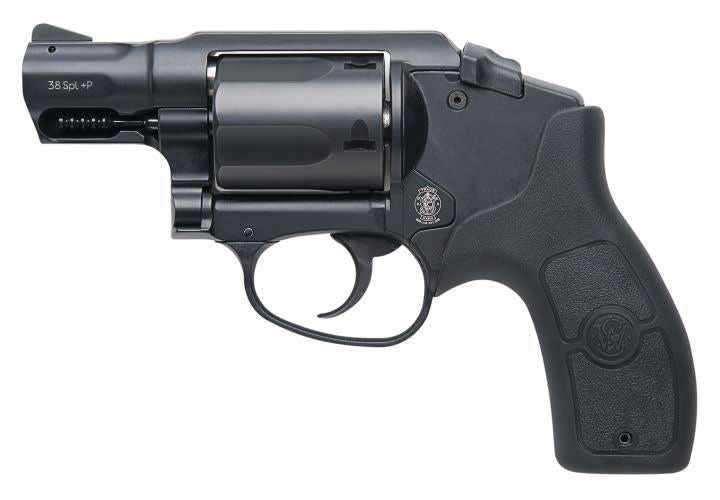Probably the most important development has been the reduction in size and, more importantly, weight.
Smith & Wesson
pioneered the compact small-frame revolver and designated it the "J" frame. Smith & Wesson uses a letter system to denote frame size, with J being their smallest frame size. The J frame was an instant success, packing five rounds of .38 Special, and later .357 Magnum, into a compact cylinder and small frame. Gunmakers such as Taurus, Charter Arms, and others soon followed suit and "cloned" similar platforms.
For an officer considering a backup gun, one of the major factors is weight. Smith & Wesson and Taurus have addressed these issues in the small-frame revolver by replacing heavier steel frames with lighter aluminum, titanium, and scandium metals. When properly alloyed, these metals are as strong as steel, lighter, and more corrossion resistent. This is a great advantage when considering placing one in an ankle holster, where weight and perspiration can take their toll over time.
In addition to weight, another major concern is capacity. Since these revolvers hold only five rounds to reduce the cylinder's bulk and profile, many officers are concerned about having the necessary firepower in a potential engagement.
These concerns should be put aside as the small-frame revolver is not meant to be your primary service pistol which gives you anywhere from 15 to 20 rounds of .40 S&W. The small-frame revolver is meant to be a last-ditch backup.
Furthermore, the capacity of the small-frame revolver can be enhanced by the use of
speedloaders
, which hold extra rounds of revolver ammunition captive in a circular platform that is calibrated to fit the dimensions of your revolver's cylinder. With the simple twist of a knob, the speedloader deposits addittional life-saving rounds into the revolver's cylinder. Speedloaders are available from all major catalog suppliers and cost $10 to $15 each.[PAGEBREAK]













